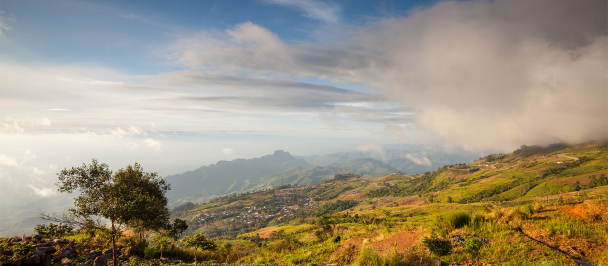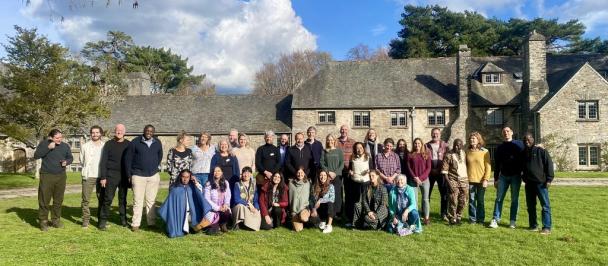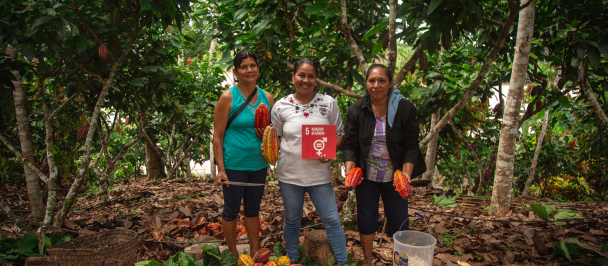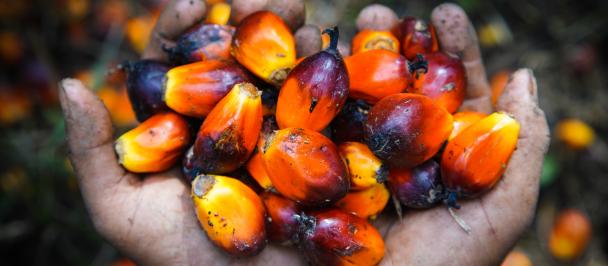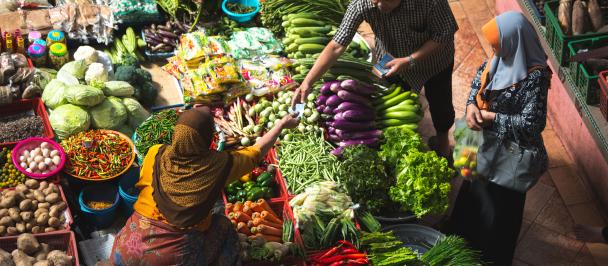Building a Shared Vision for Green Commodity Development in Peru
April 19, 2022
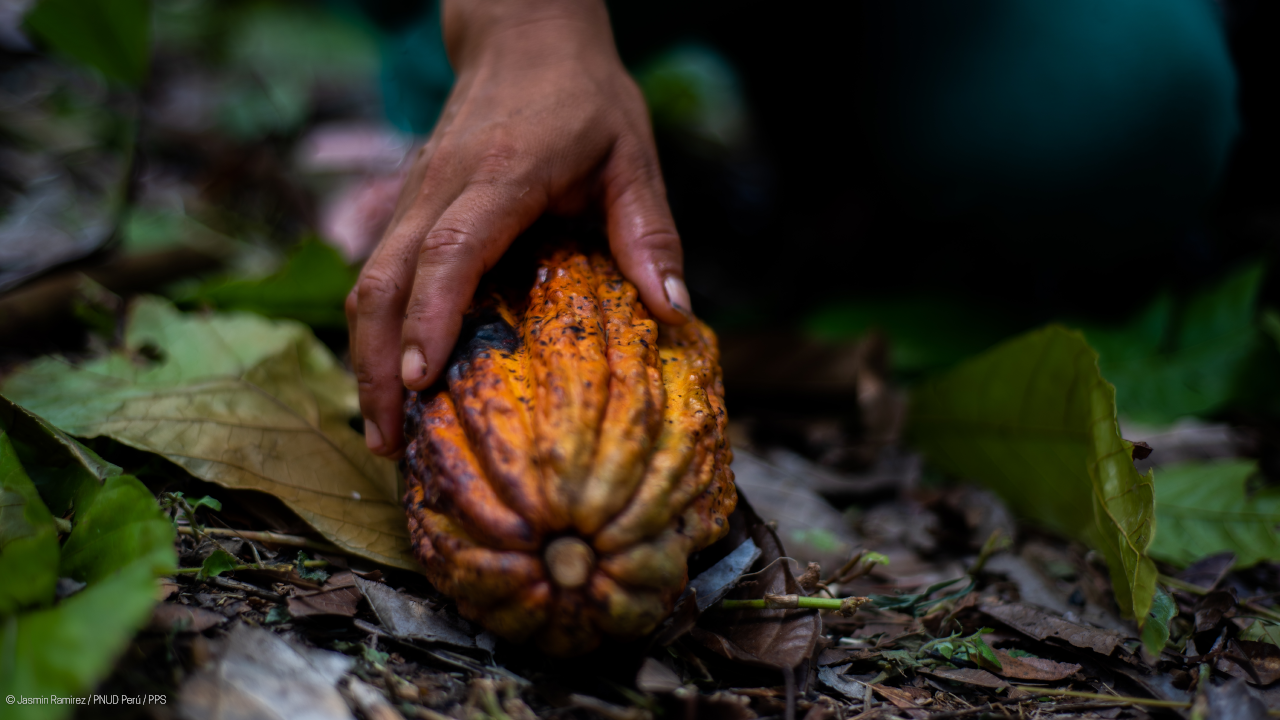
Multi-stakeholder dialogue for a sustainable commodity production
Together with its partners at the national and regional levels, the Peruvian Amazon Sustainable Productive Landscape Project has been promoting multi-stakeholder dialogue platforms as spaces to agree on criteria and priority issues that lead to the development of management tools for the sustainable and competitive production of commodities, such as cocoa, coffee, and livestock in the tropics.
The project works in conjunction with SECO, the Swiss Economic Cooperation Agency, supporting the implementation of the National Coffee Action Plan. The elaboration process of this instrument – supported by SECO - laid the foundation for the National Plan for Cocoa and Chocolate by 2030. Currently, coordination is being ensured so that both processes advance synergistically.
National coffee action plan
A tool to sort the sector
A milestone towards the institutionalization of the coffee sector in Peru, has been the creation of the "National Coffee Executive Council", which allows following-up the National Action Plan and acts as a space for dialogue and coordination between public institutions and representatives of the private sector, including companies and producer organizations, cooperatives and associations, involved in the coffee value chain.
With technical assistance from the United Nations Development Program's Green Commodities Program (GCP) and financial support from SECO, advances in the implementation of the Coffee Plan were collected and systematized, identifying gaps and priority topics to be used as starting points for levering efforts and investments. Further, 10 regional agendas aligned with the National Coffee Plan were developed locally as tools that contribute to the implementation of the NAP from the territory.
"What is most positive and interesting is that, from the public sector, namely INIA, SENASA and MIDAGRI, they are now looking at the budget for coffee in a much more orderly way, trying to clarify the numbers, identifying what is being done with coffee, how much they pay for coffee, etc. (...), there is a kind of expectation to be accountable for the public spending and this is happening since the NAP and UNDP involvement (through the Green Commodities Program)".David Gonzales, Coordinator at the Peruvian Chamber for Coffee and Cocoa.
The project, in coordination with the GCP Program, will continue working alongside this process to implement measures aimed at promoting the competitive and sustainable development of national coffee cultivation in 15 regions, 95 provinces and 450 districts throughout the country.
Useful Information:
Consolidating the Peruvian coffee value chain
The Permanent Multisectoral Commission called "National Executive Council for Coffee" is installed, a milestone towards the institutionalization of the coffee sector in Peru
A coffee that talks with nature and its people
In Peru, coffee cooperatives bet on producing a coffee with a positive social and environmental impact
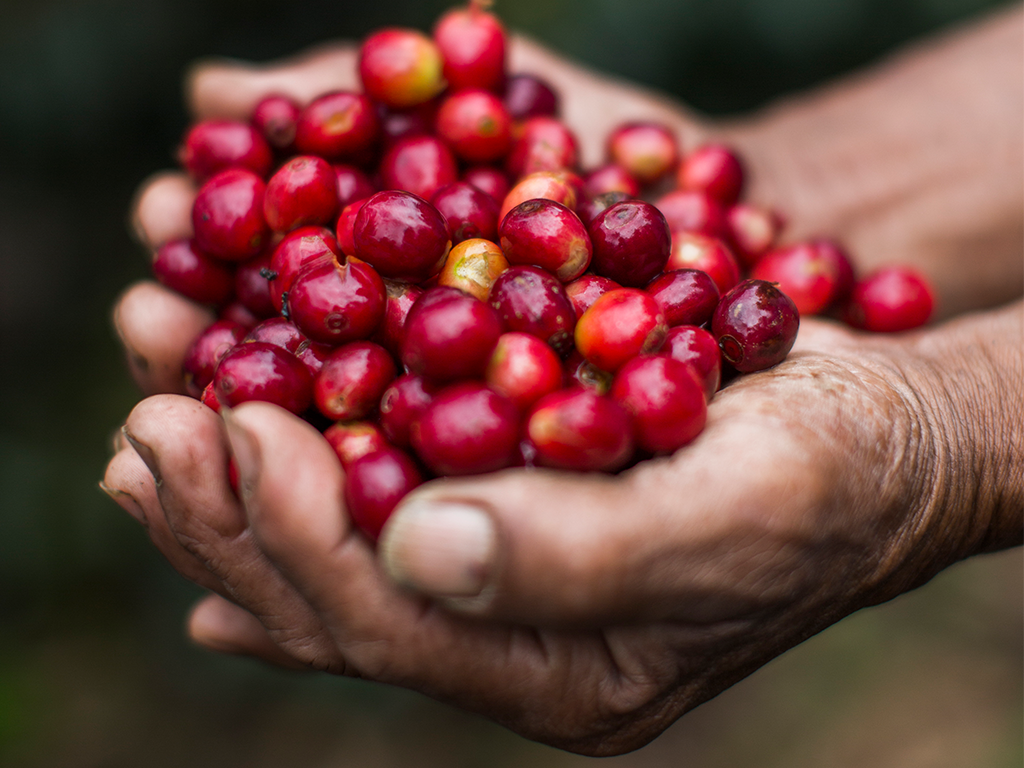
A quality and forest friendly Peruvian cocoa and chocolate
Through the Multisectoral Working Group and thanks to technical facilitation provided by the Peruvian Amazon Sustainable Productive Landscape Project and the Inter-American Institute for Cooperation on Agriculture (IICA), the elaboration phase of the National Plan for the Cocoa and Chocolate Value Chain by 2030 was completed, a process that involved participation and contributions from different public and private institutions, civil society, producer unions, academia, and cooperation agencies.
The vision is to make Peru a world center for fine cocoa of native origin, friendly with nature and an engine of progress and well-being for thousands of farmer families.
By 2030 current national production is expected to gradually increase from 150,000 mt to 250,000 mt but focused on sustainable cocoa that takes care of the environment and forests.
“The plan is based on consensus and is encouraging. Democratically, on the part of the private sector, we consider that the inclusion of 'sustainable cocoa' into the plan is a great achievement for the sector. (…) We congratulate MIDAGRI, UNDP -through the PPS project- and all the institutions involved in this effort (...) and we think that Peru should increase its exportable offer to 250,000 tons of cocoa in the coming years and be recognized as a country that produces sustainable, fine aroma cocoa and above all of good quality. We must seek to gain a reputation and image for Peruvian cocoa that is recognized around the world”.José Mejía, Chairman of the Coffee and Cocoa Committee of the Association of Exporters, ADEX
From now on, the challenge lies in implementing the plan, which will require close coordination between the different competent entities, organized under a high-level Steering Committee and a governance structure that facilitates the participation of all sectors and members throughout the value chain. The PPS' role will be to assist the Ministry of Agrarian Development and Irrigation in organizing the technical working groups for the drafting of the 2023 operational plans, in order to achieve the agreed strategic objectives:
1. Increase cocoa productivity, following profitability, quality, environmental sustainability criteria
2. Increase the insertion of Peruvian cocoa and chocolate into differentiated international markets.
3. Increase commercial growth opportunities for small and medium-sized cocoa processing enterprises.
4. Strengthen governance for the sustainable development of the cocoa-chocolate value chain.
These objectives were established after a phase of diagnosis and problem identification within the cocoa sector. To achieve this, an important tool was a targeted scenario analysis (TSA), a study based on an innovative methodology that compares the financial, economic, and environmental effects of current practices in cocoa production against the adoption of alternative practices with different types of cocoa, over a period of 10 years. This analysis reveals that Peruvian fine aroma cocoa can generate 85% more in net profits with a 13% reduction in investment costs.
Further information:
A profitable and nature-friendly cocoa:
Did you know that our fine aroma cocoa generates greater social and environmental benefits?
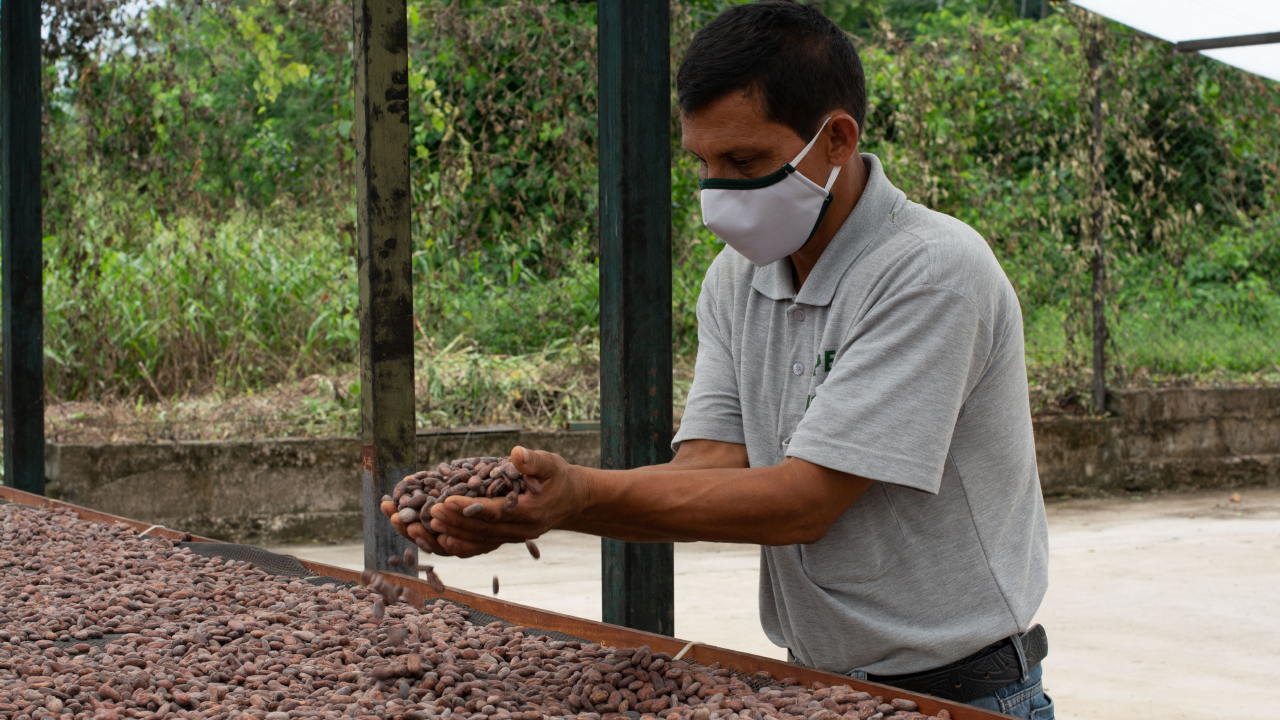
Joint solutions for sustainable livestock farming in the Peruvian tropics
Under the leadership of MIDAGRI and support from PPS, and in partnership with the Tropical Agricultural Research and Education Center, CATIE, spaces were promoted for collective analysis regarding the main challenges faced by livestock farmers in the Amazon, with the participation of the public and private sectors, academia, civil society organizations, producers' unions, research centers and international cooperation agencies.
These meetings aimed to collaboratively collect recommendations that contribute to the development of sustainable livestock farming in the Peruvian tropics, as a complement to the National Livestock Development Plan 2017-2027.
The process - called participatory co-design of solutions that promote sustainable livestock farming in the Amazon - sought to agree on strategies and corrective measures that guide the path towards competitive livestock farming, profitable for Peruvian farmers, but at the same time compatible with nature. The document is currently under review by MIDAGRI, pending approval and subsequent integration into the National Livestock Development Plan.
"We have also collected technical recommendations from the perspective of the regions (...) and it has been a process that considers today's need, including a move towards a more harmonious and sustainable model that cares for and preserves forests, ensuring resources for future generations. The final document will be extremely useful when making the National Livestock Development Plan's guidelines more visible and will help us promote more sustainable livestock farming in the Amazon. "Ethel Huamán, Specialist at the General Directorate for Livestock Farming MIDAGRI

 Locations
Locations